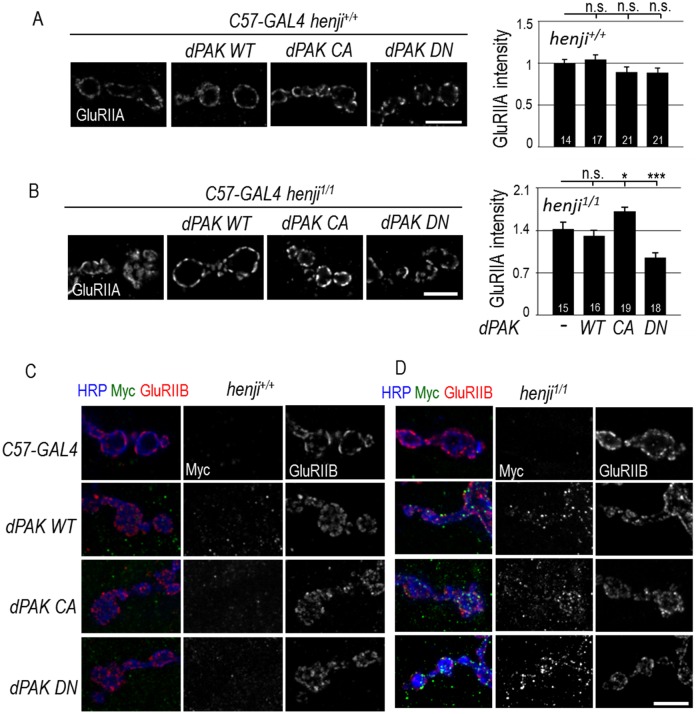Fig 8. Henji suppresses dPAK activation and localization.
(A, B) Overexpression of dPAK of WT, CA and DN transgenes in henji+/+ (A) and henji1/1 (B) to assess the effects on GluRIIA abundance. Quantifications of GluRIIA intensities normalized to co-stained HRP intensity for dPAK overexpression in henji+/+ and henji1/1, respectively, are shown in bar graphs (right panels): C57-GAL4, 1.00 ± 0.04 and 1.43 ± 0.10; C57> dPAK WT, 1.04 ± 0.06 and 1.31 ± 0.08; C57> dPAK CA, 0.89 ± 0.06 and 1.72 ± 0.10; C57> dPAK DN, 0.89 ± 0.06 and 0.95 ± 0.06. No significant differences could be detected among all transgenes for henji+/+ in comparison to C57-GAL4 (A, right panel). Statistical significance by unpaired Student t-test is shown as * for p < 0.05 and *** for p < 0.001 when compared to C57-GAL4 henji1/1 (B, right panel). (C, D) Immunostaining of NMJs for HRP, Myc and GluRIIB show localization of Myc-tagged dPAK proteins. GluRIIB serves as the PSD marker. Transgenes of WT, CA, and DN were overexpressed in muscles by C57-GAL4 in henji+/+ (C) and henji1/1 (D). Scale bars are 5 μm.

